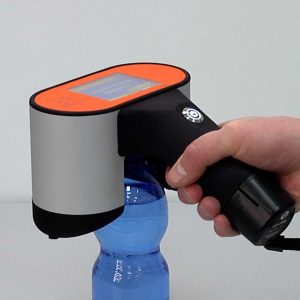Non destructive CO2 Analyser
Suitable for shelf life CO2 testing on the same package over time, product testing through the manufacturing process to market
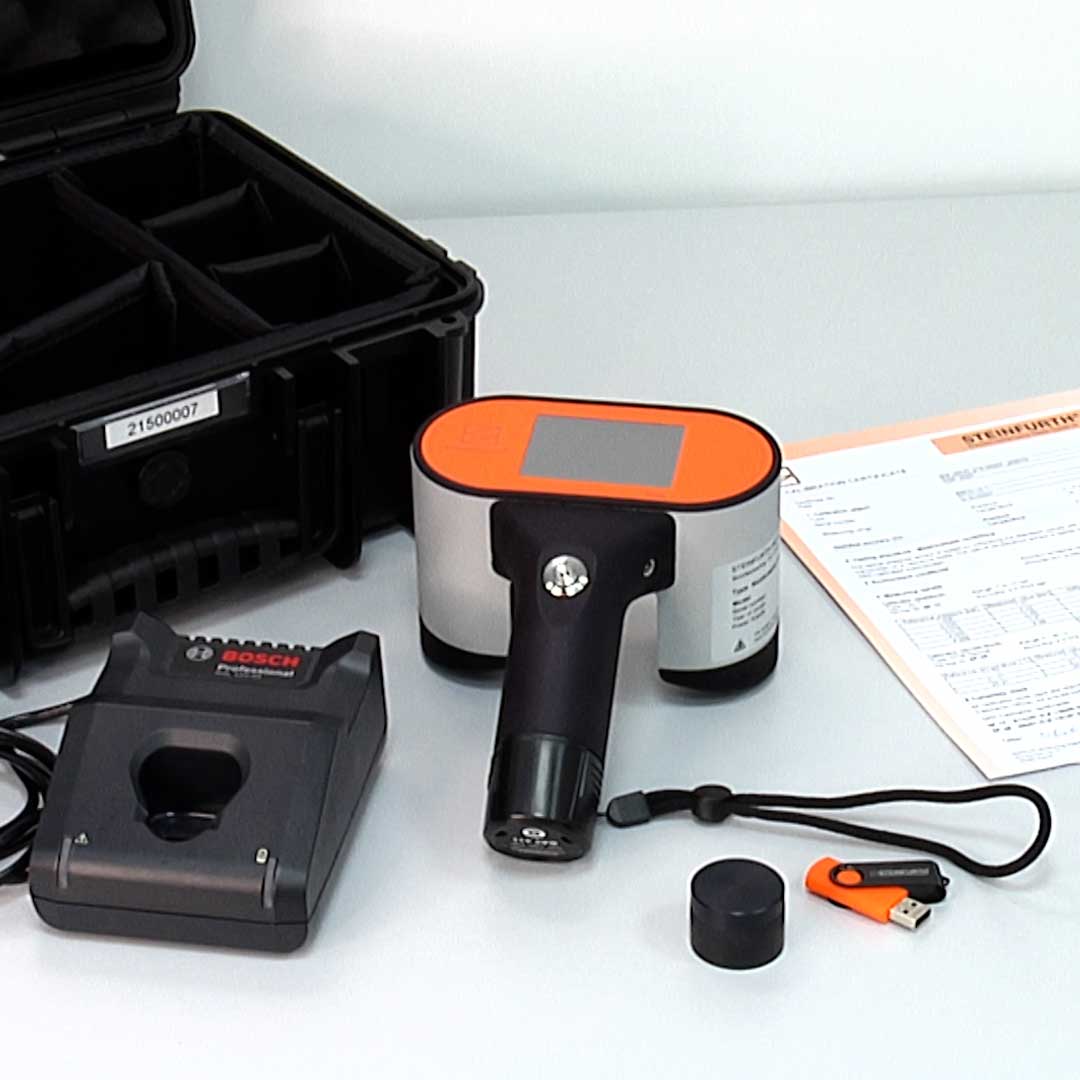
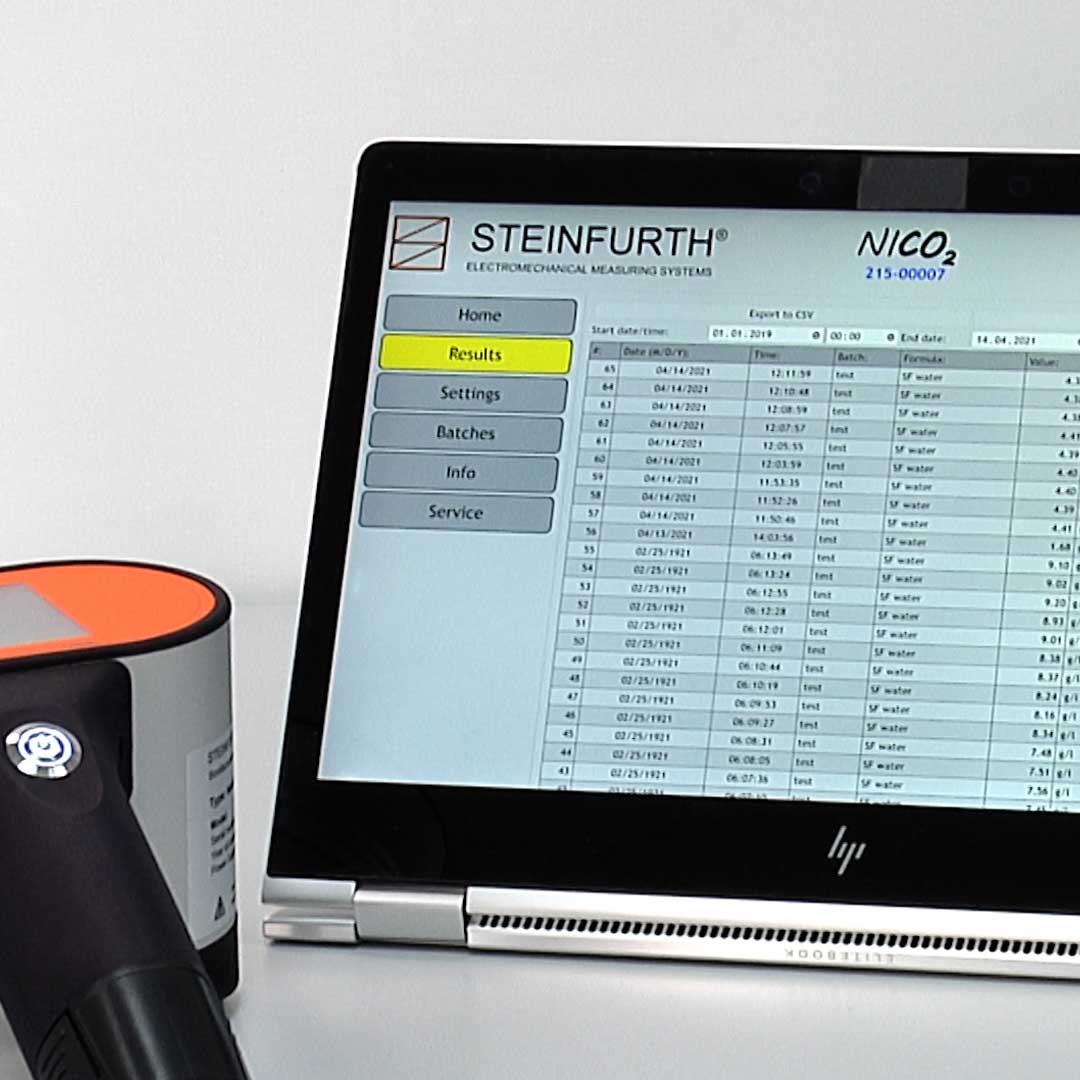
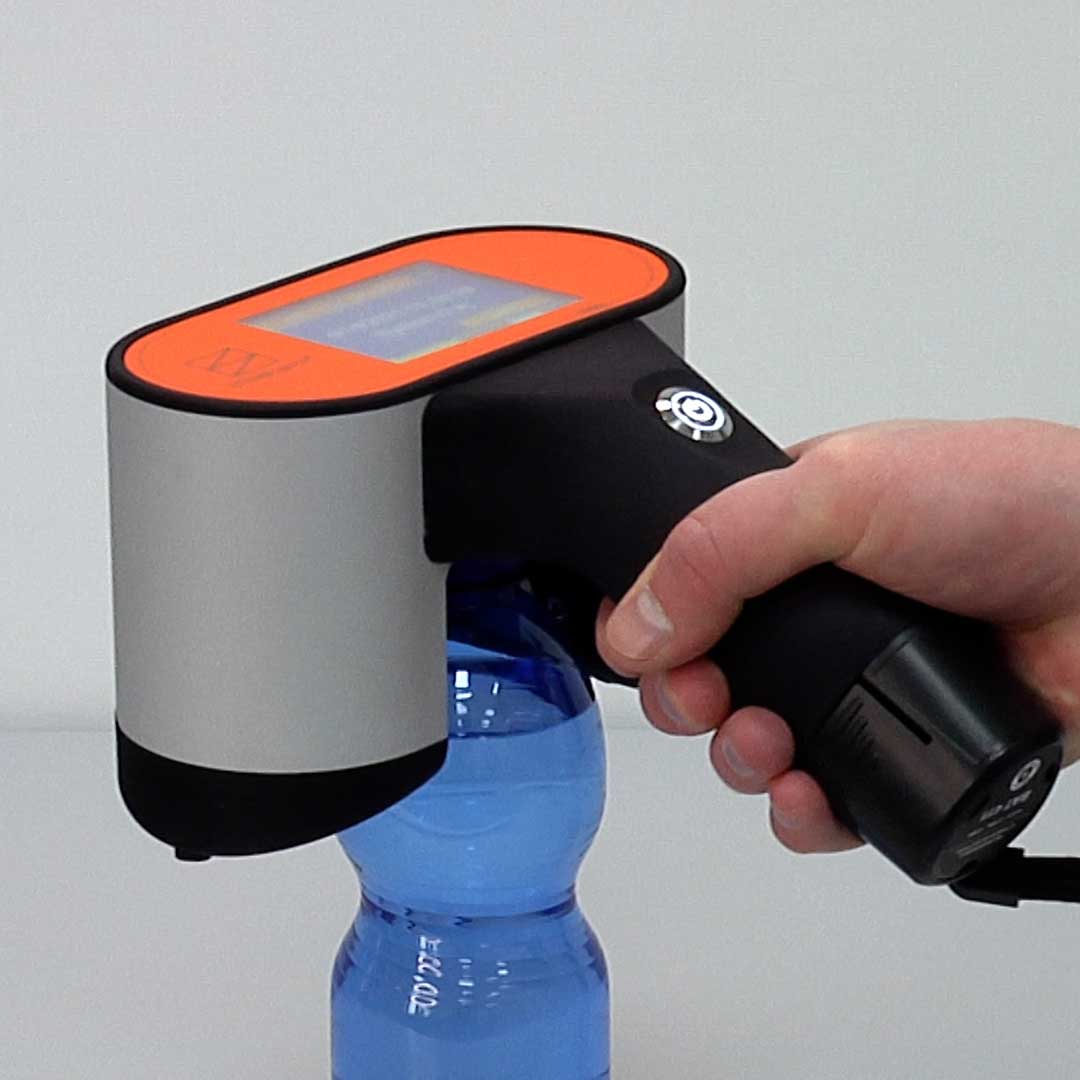
Non destructive CO2 Analyser
In soft drink and beer both taste and shelf life are influenced by the amount of dissolved CO2 gas in beverages. A reliable measurement method is the key to accurate monitoring of the in-pack CO2-content.

Traditional CO2 analysis
Traditionally this CO2 analysis would be conducted using a destructive test where the package is opened or pierced and the CO2 calculated using Henry Dalton Law using pressure and temperature calculations. There are various methods of doing this either leaving the product in the package or removing the product under pressure using a sampler to feed this into an analysis cell. All these traditional methods are destructive causing wastage but also not allowing the user to retest the same package which is very useful for longevity testing such as shelf life studies.
A new solution for non destructive in package CO2 analysis
JWII now has the solution with the NICO and non destructive and portable test system which uses a unique laser-based measuring technology developed and patented by Steinfurth Gmbh of Essen Germany. The instrument operates independently of packaging related parameters and headspace diameter. A global first, NICO is the only non-invasive handheld CO2 analysis solution on the market.
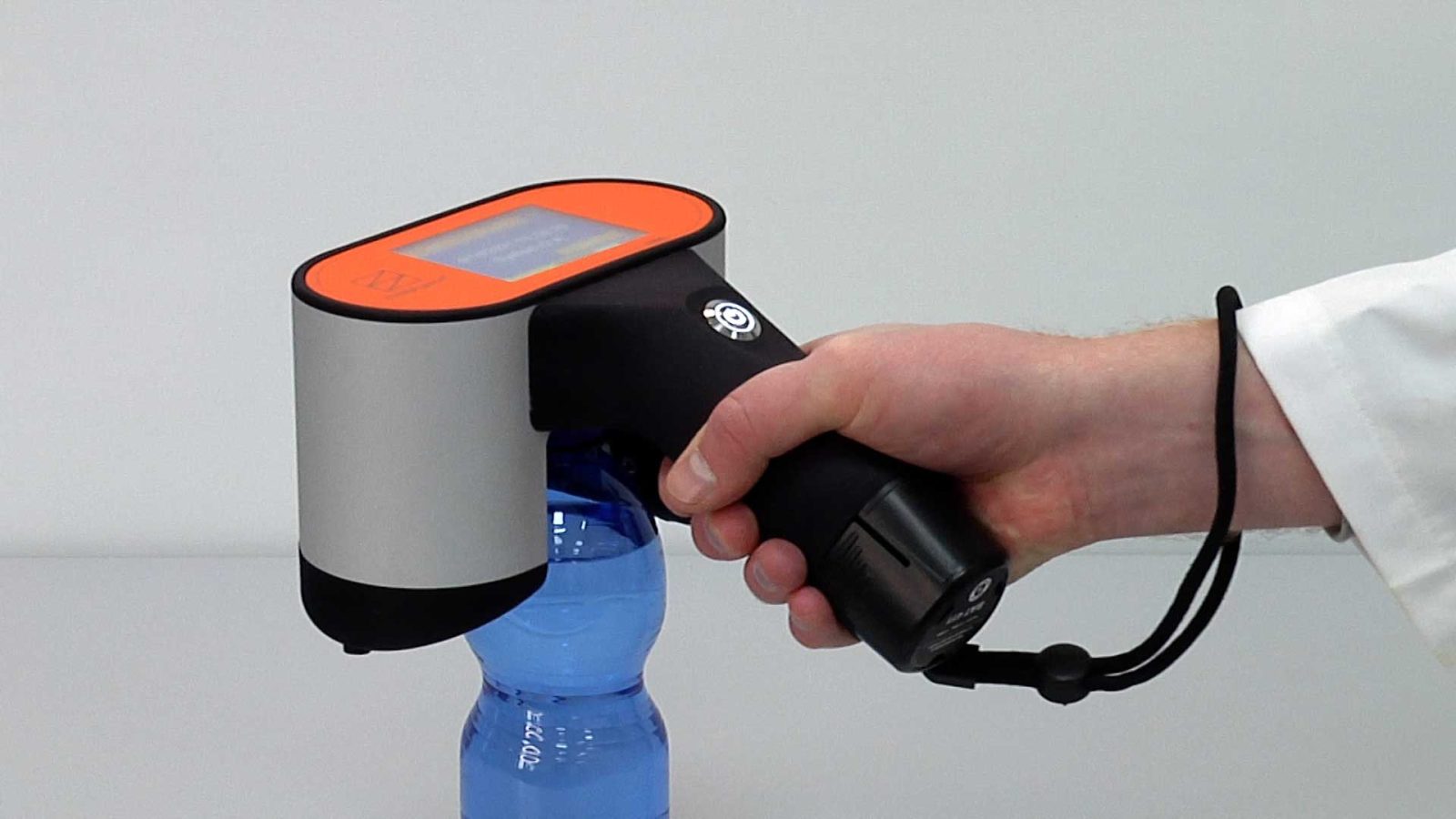
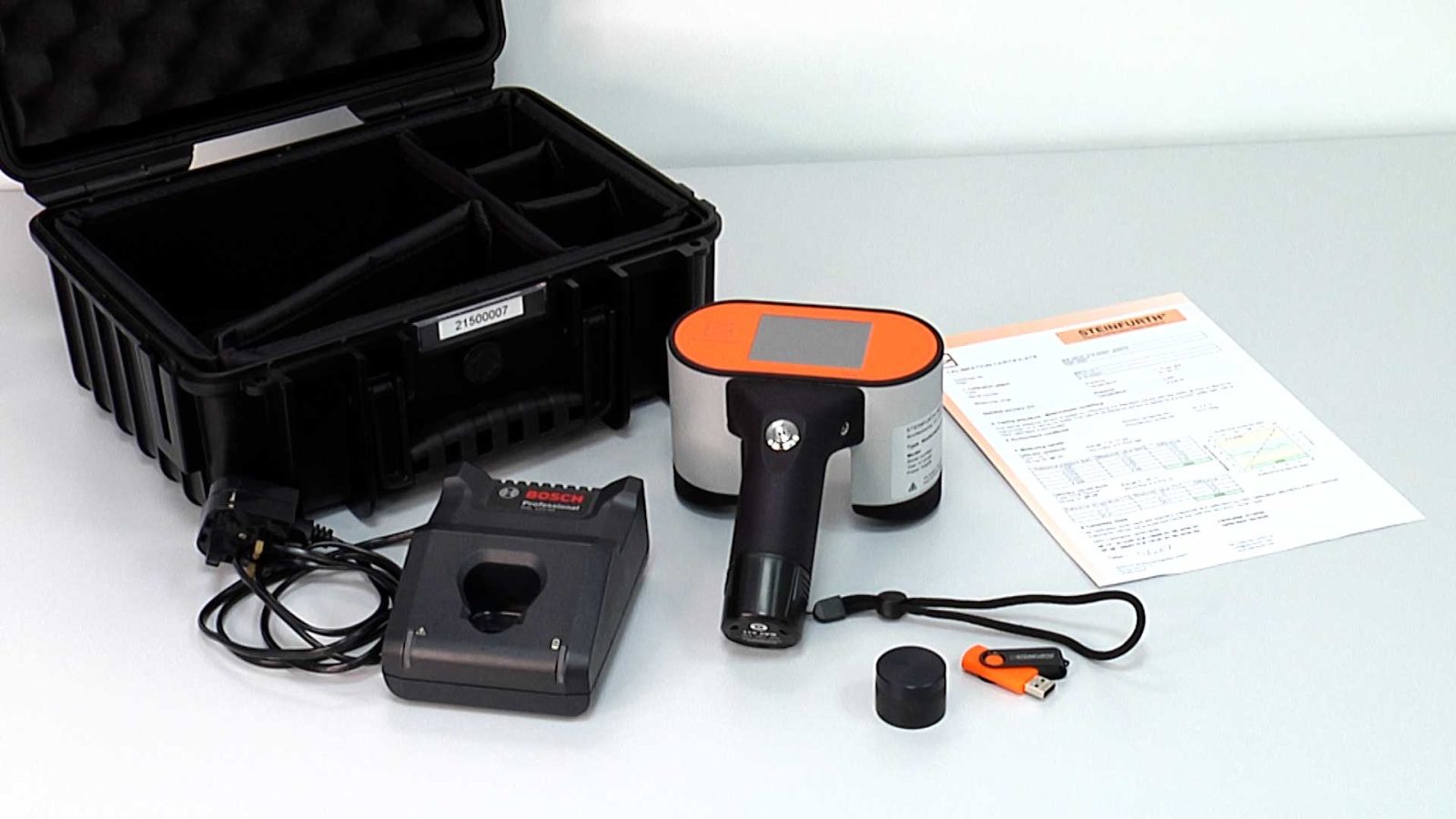
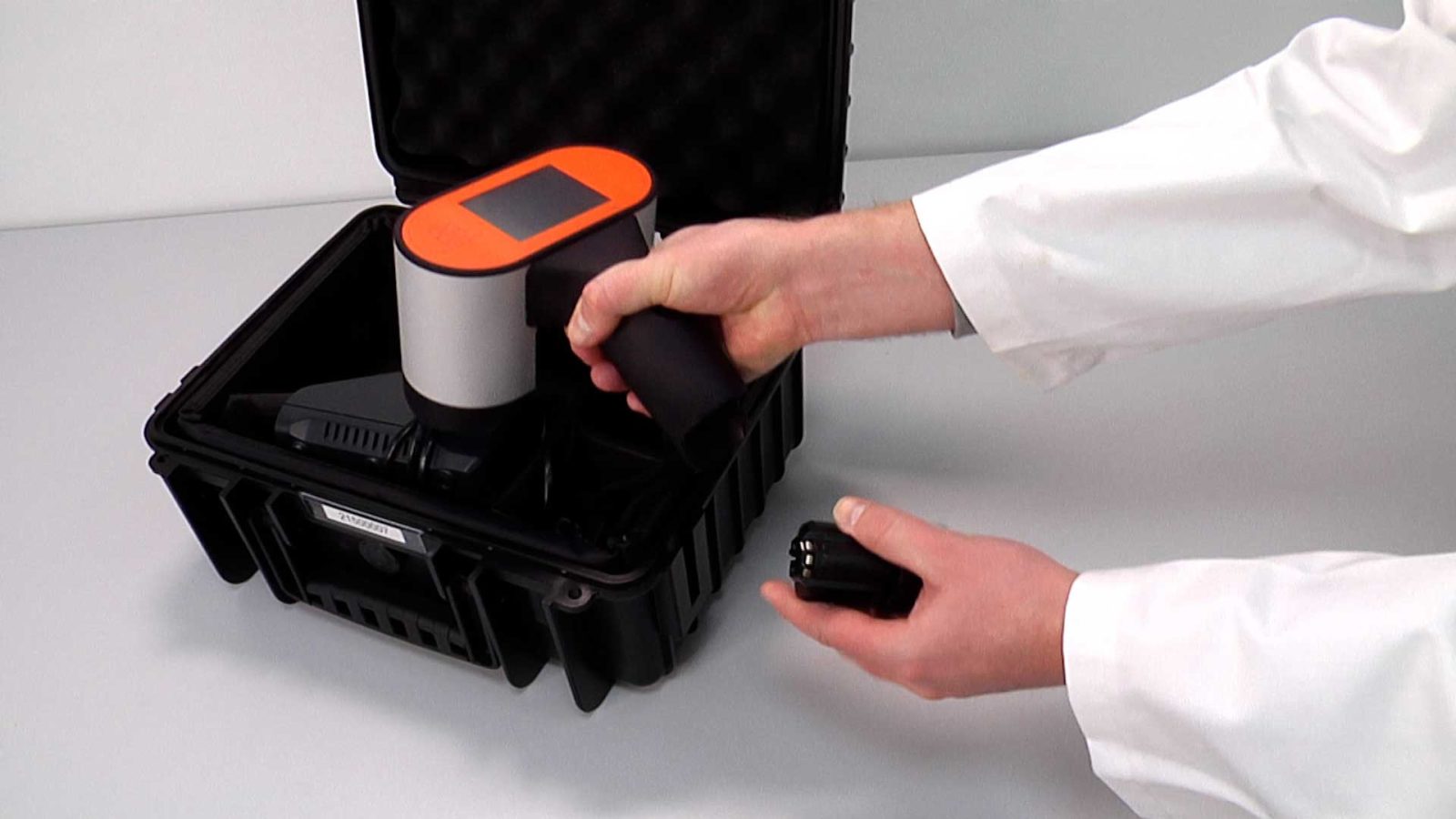
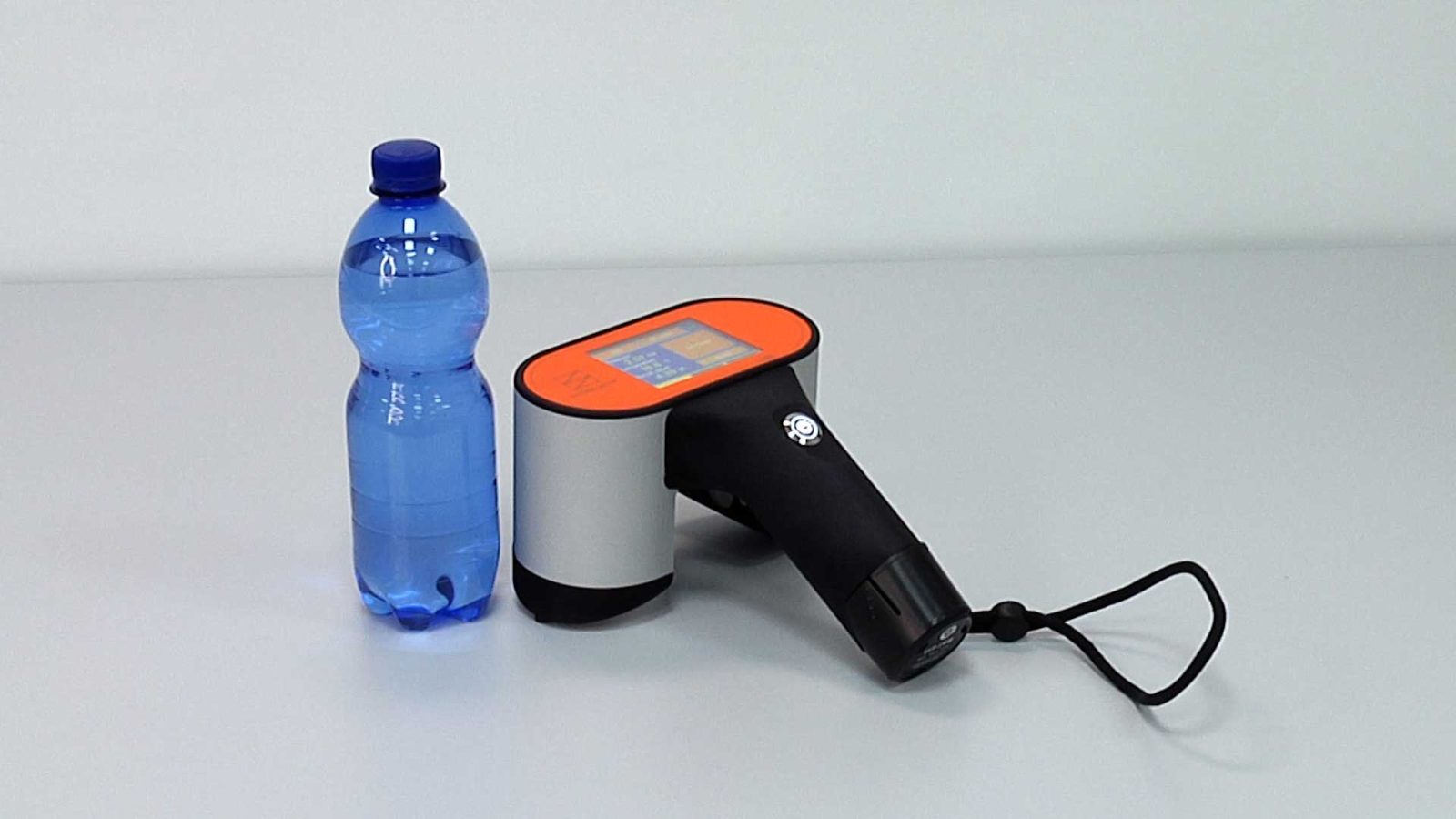
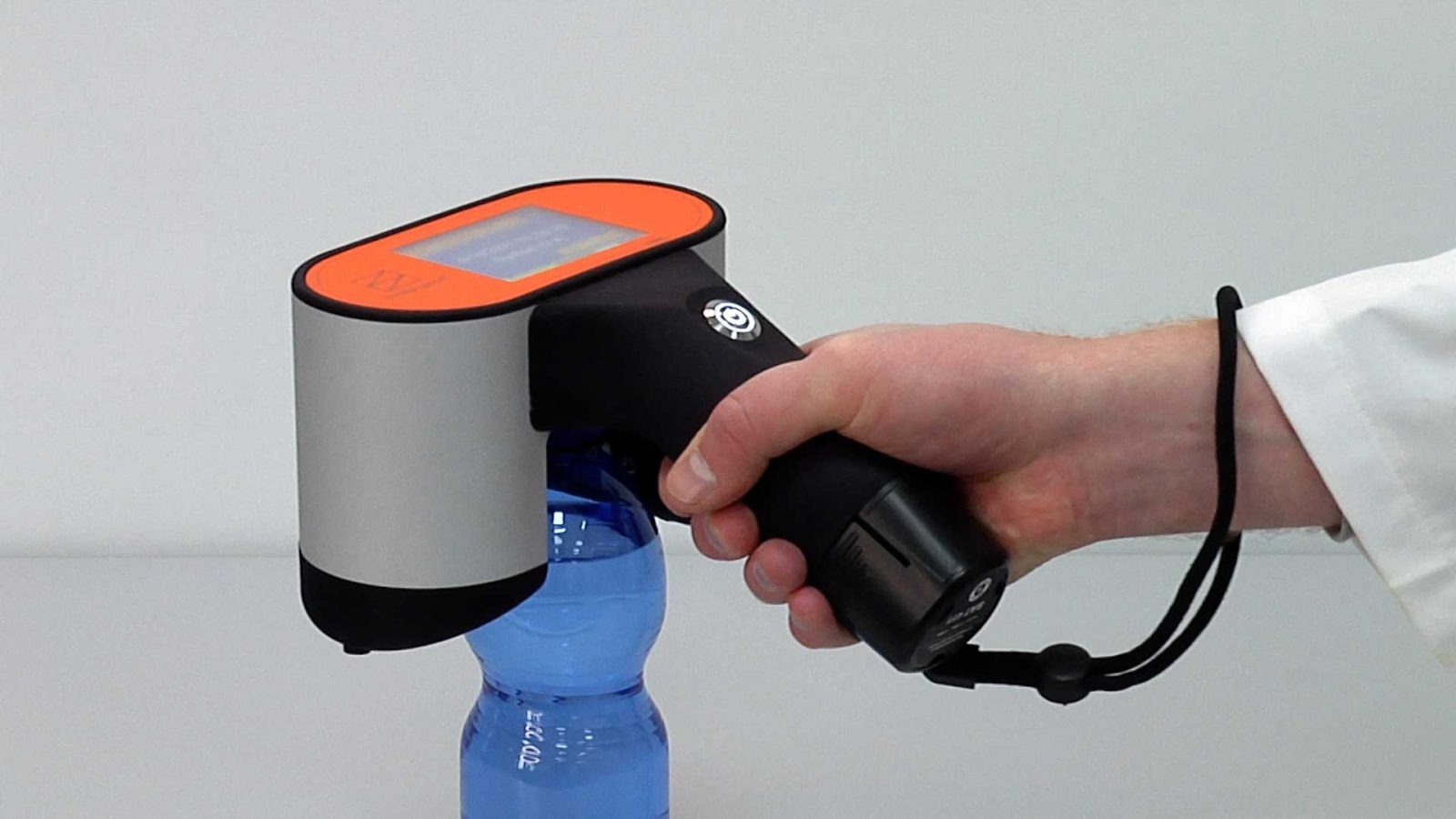
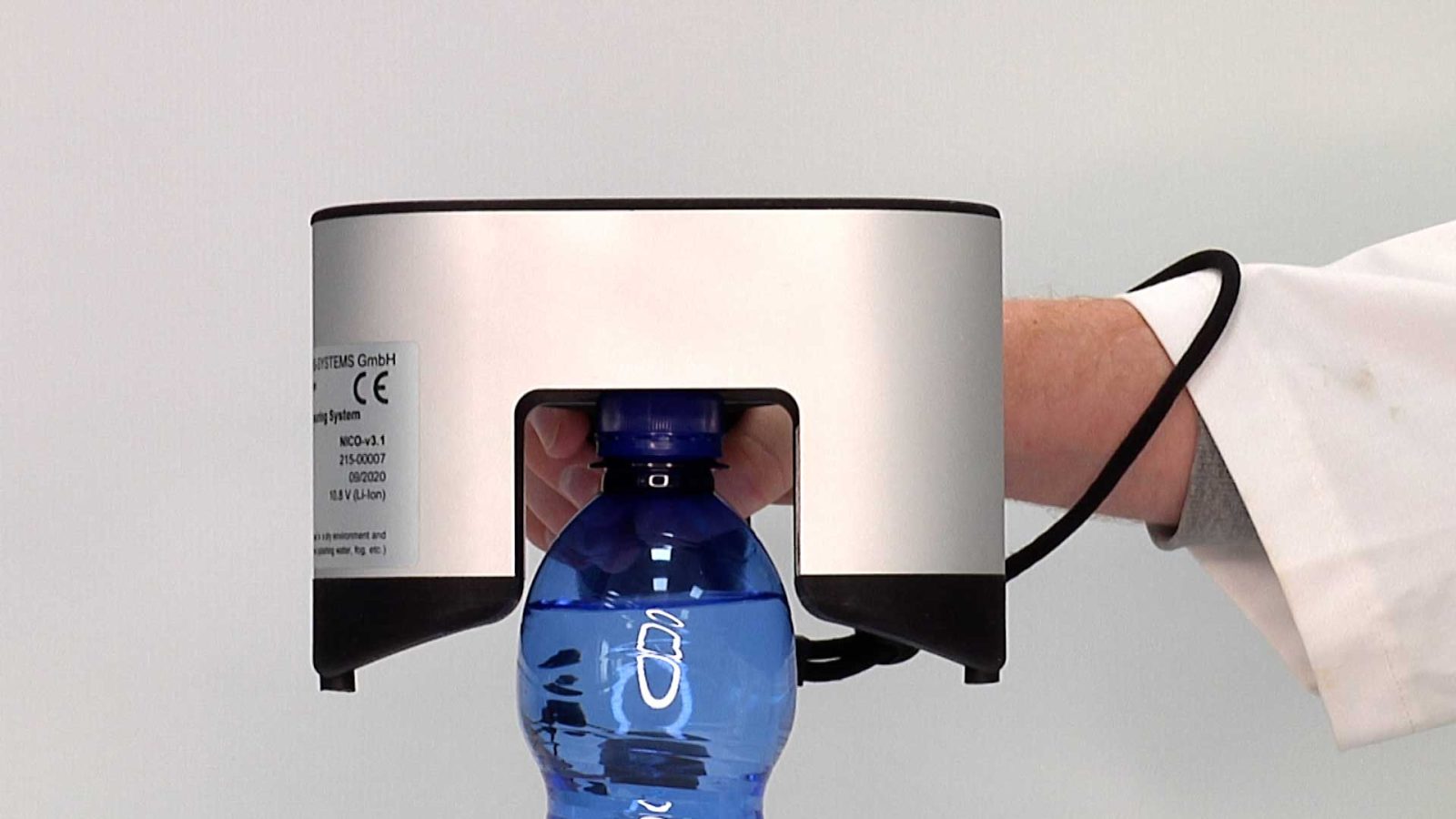
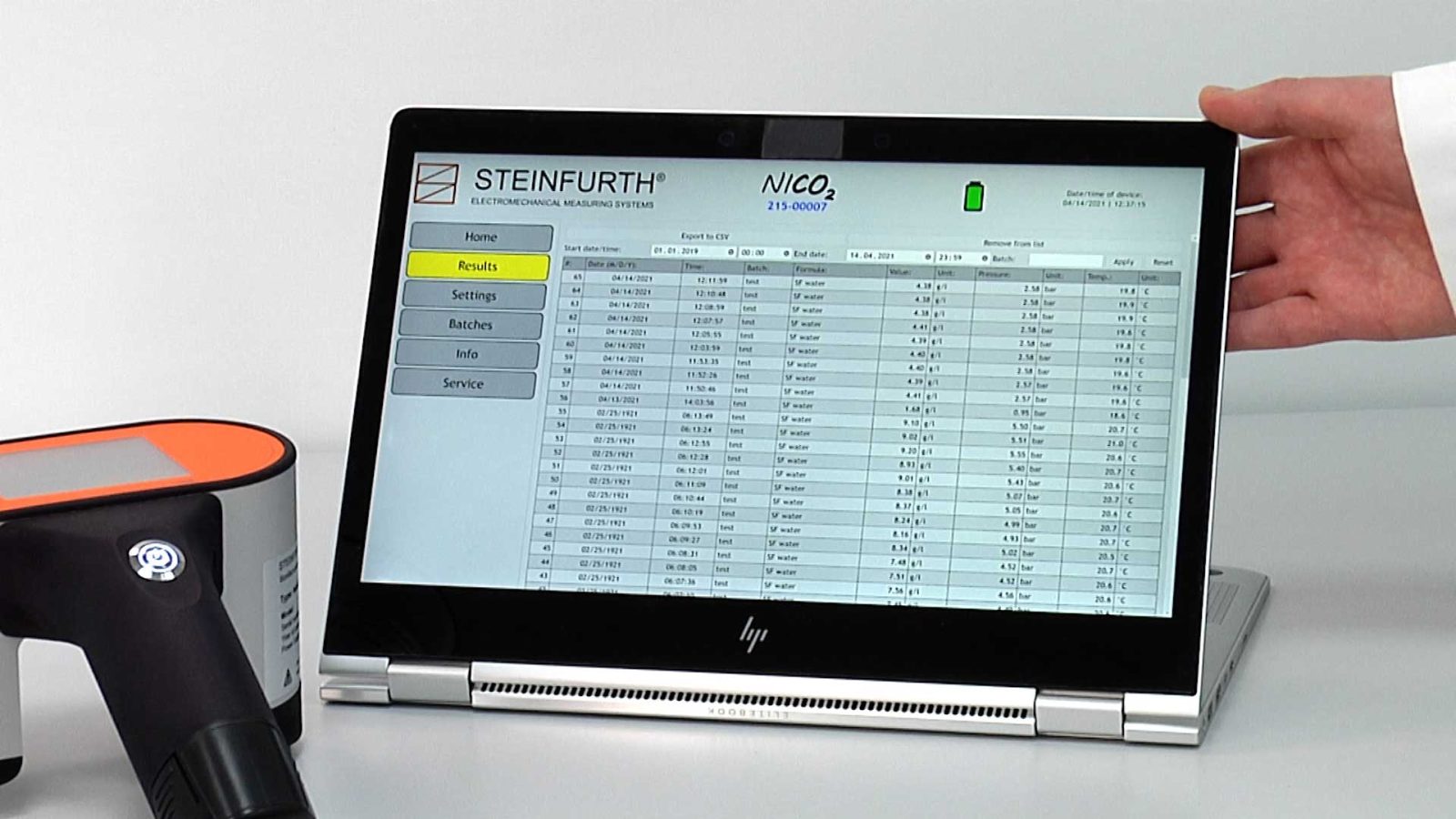
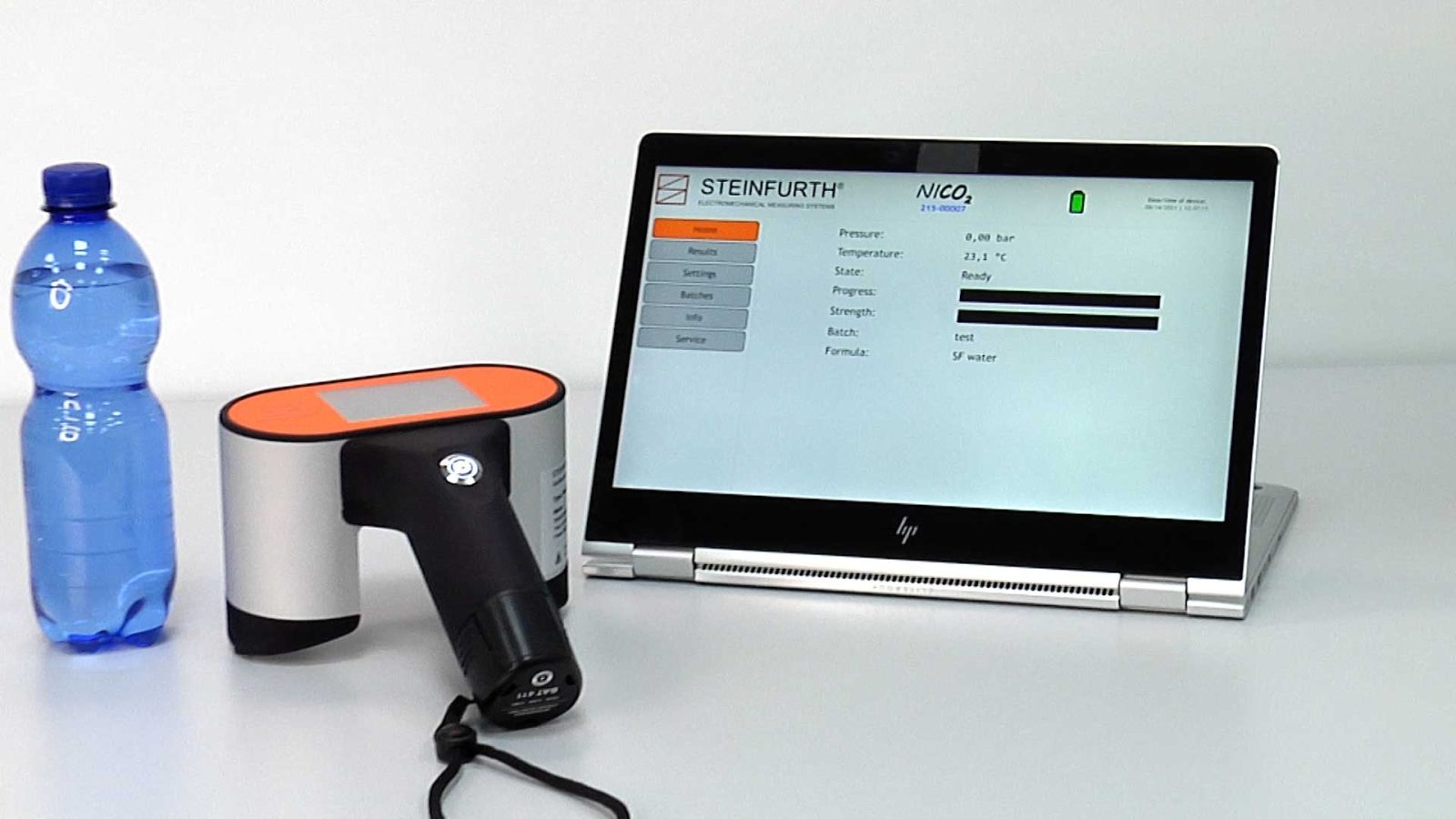
Fast, Reliable and no wastage for fast ROI
The extremely fast and non-invasive measuring principle allows measurement of the CO2 content throughout the complete supply chain of sealed transparent beverage containers without destroying the analysed package. This is a huge cost saving to the manufacturer and each package saved helps the Return on investment for the NICO device.
Non destructive analysis throughout the complete supply chain
NICO enables the possibility for QA monitoring at different stages of the beverage production cycle from bottling, storage, transport and in market testing. Despite the unique technology all measuring results correlate perfectly with traditional CO2 measurement data (by using the reliable calculation of the CO2 content from equilibrium pressure and temperature – based on Henry’s law).
User friendly with simple operation
NICO analysis steps are simple. Create equilibrium at the time of measurement, by briefly pre-shaking the container. Then simply place the NICO on the bottle closure and move back and forth horizontally over the headspace area of the container. NICO will do the rest.

Analysis results are easy to obtain
Test results are displayed on screen and also held in the on board memory where they can easily be accessed later to a PC. The NICO has an in buil WiFi hotspot so you can easily connect and retrieve data. We also display a QR code that can be read and also transfer the measurement data. The data format is compatible with Microsoft Excel and other database formats for easy reporting.
Not affected by influences of the package
As part of the NICO unique analysis technique, the packaging influences such as neck diameter are continuously analyzed and taken into account in the CO2 calculation along with real time data for pressure and temperature.
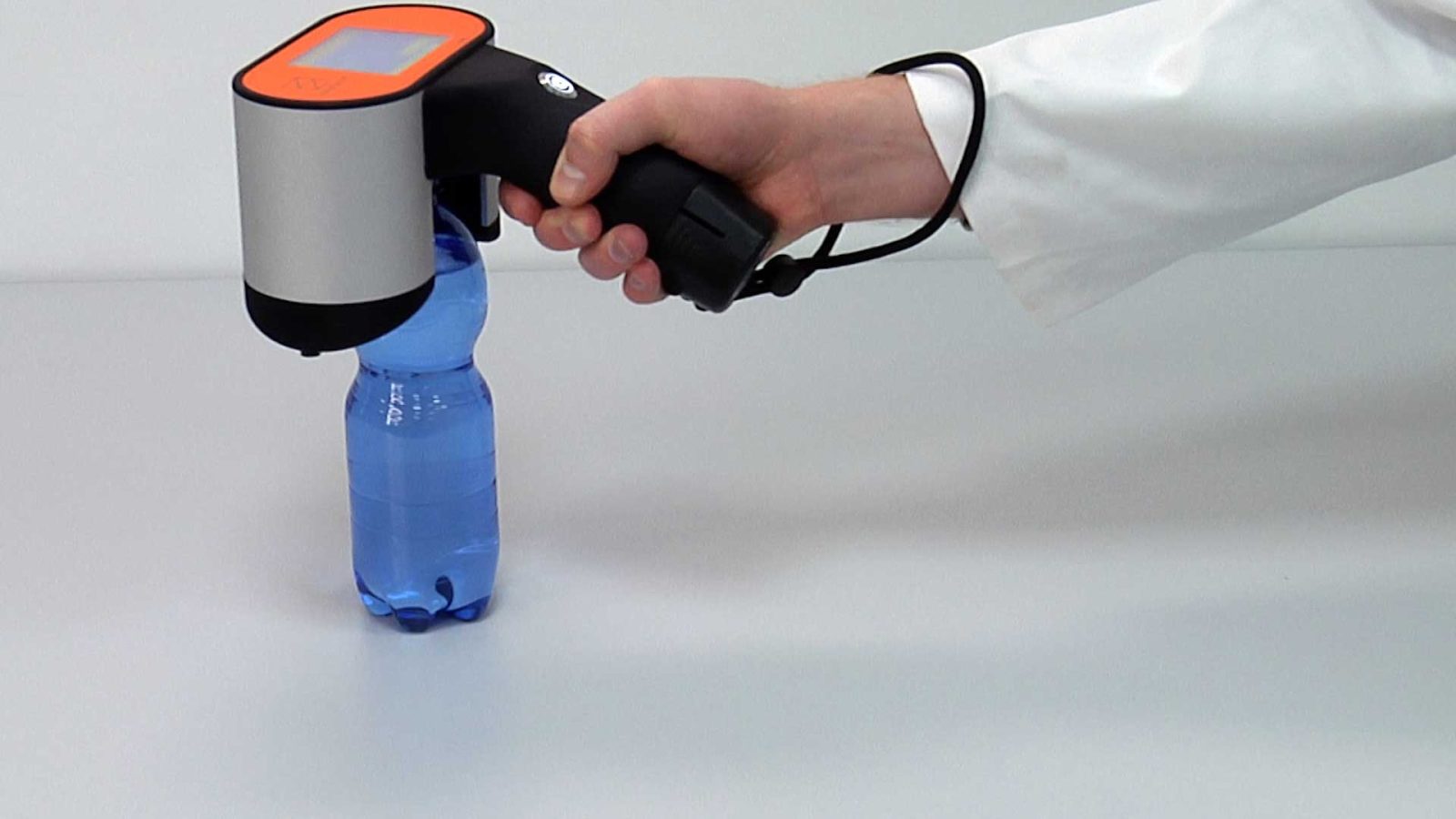
Fast and reliable analysis
The measurement data is displayed on the measurement screen for the operator to easily read the analysis result at the end of the test. The 10 second rapid measurement is completed once the device has collected sufficient information to make its analysis. The final pressure, temperature and CO2 results are automatically displayed on the touchscreen and captured in the instruments on board memory for retrieval when required.

NICO features & benefits at a glance
• Non-destructive CO2 measurement
• Compact & mobile design
• Rapid analysis (approx. 10 sec)
• Rechargeable standard battery
• Data transfer via QR code & in-built Wi-Fi hotspot
• HTML interface for database access
• Complex mathematical model for precise pressure, temperature, and CO2 determination
• Easy operation
• Shelf-life testing capability on the same container
• Usable along the entire beverage supply chain – from the bottling facility, through warehousing & transport till delivery to the consumer

Typical CO2 analysis questions answered by our experts
What is a CO2 analyser's working principle?
Traditional CO2 analysers use Henry’s law, a container is brought to equilibrium by shaking, this means the liquid pressure and headspace pressure become equal. Once you have equilibrium you can measure the container's pressure and liquid temperature and mathematically calculate the dissolved CO2 content.
How does the NICO calculate the dissolved CO2?
The NICO is using a tuned Infrared laser. When the container is at equilibrium the tuned laser is sent through the headspace of the bottle. The frequency of the laser is selected to be absorbed by the CO2 molecules, the more CO2 molecules in the path of the laser the more absorption of the light will take place. NICO uses mathematical algorithms to measure the amount of light sent and received, also compared to a reference wavelength selected not to be absorbed by CO2.
How do you measure CO2 in a drink?
The most common technique to measure CO2 concentration is to measure the total pressure and temperature of the sample. There are various calculations that depend on the product type, but once you have this data that will determine the dissolved CO2 mathematically.
Where is the CO2 in a sealed bottle of soft drink?
In beverages the gaseous CO2 is in the headspace of the container (the portion of the bottle between the top of the liquid and the inside of the cap). The balance of the CO2 is dissolved in solution which is in chemical equilibrium when sealed under pressure.
What is the volume of CO2 in soft drinks?
This is dependent on the beverage type but typically a soft drink beverage has between 3-4 volumes of CO2 (6-8 grams per litre). Carbonation is usually determined by the manufacturer depending on the product as this carbonation level will have an affect on the product taste.
Is the volume of CO2 in beer different from soft drink?
Beer can also be carbonated at different levels depending upon the manufacturer's preference as the CO2 level in the beer will have an impact on the beer's taste and drinkability. Natural fermentation in beer normally has the level in finished beer between 1-2 volumes of CO2. Typically beer is conditioned before filling and has between 2-4 volumes of CO2 (4-8 grams per litre). Each beer style has a traditional carbonation level.


